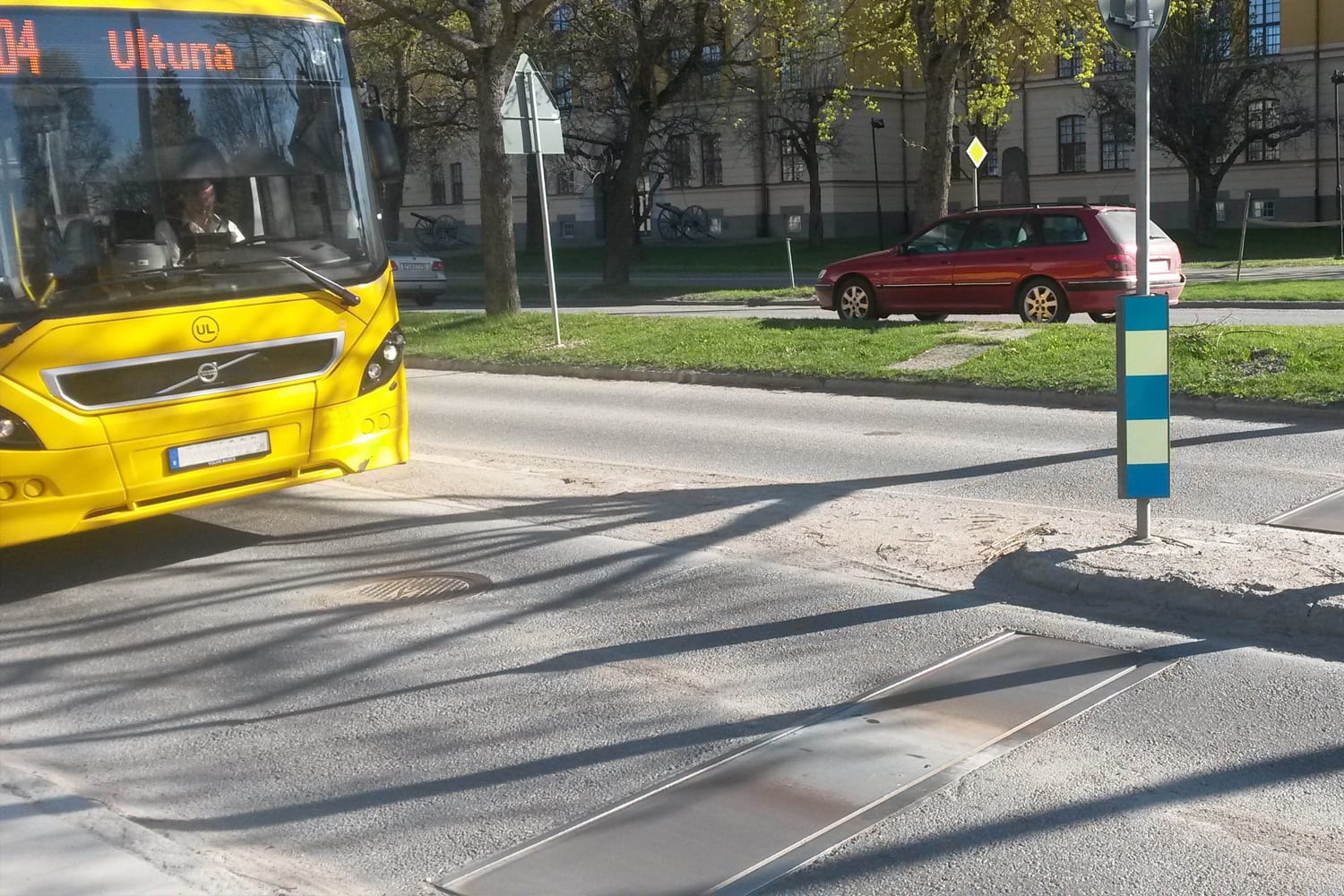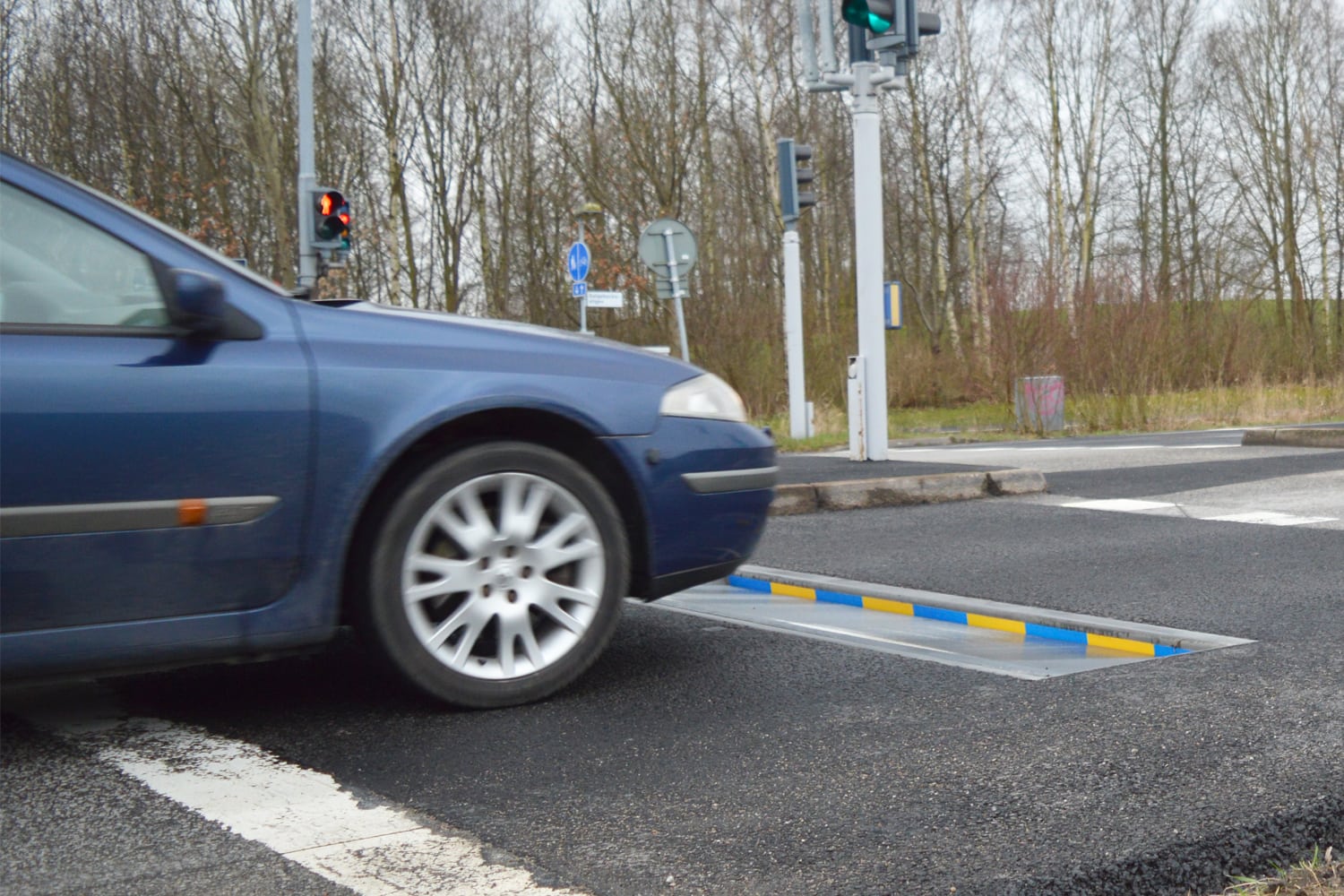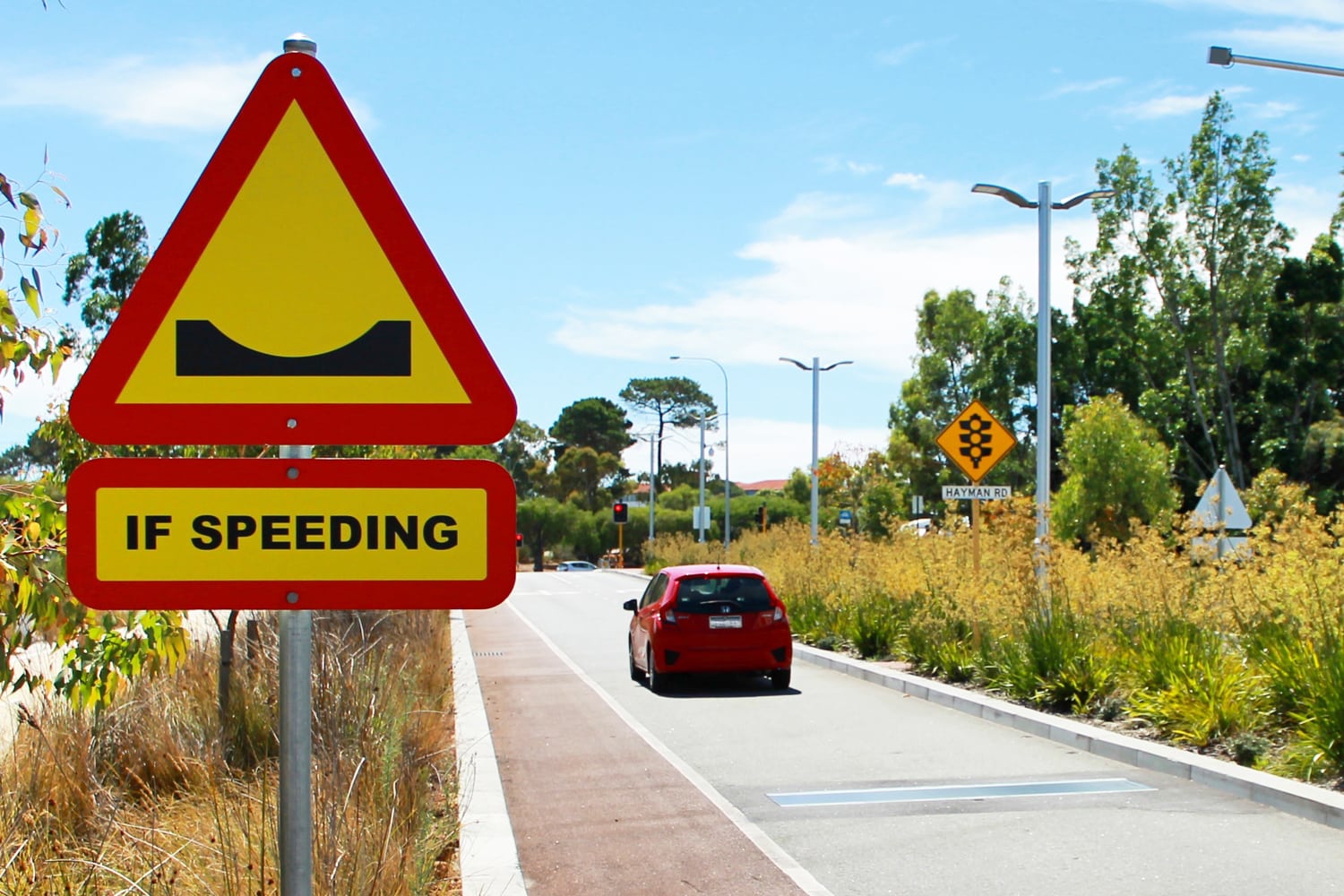Linköping (Sweden)
The road near the University Hospital in Linköping, Sweden, is a busy arterial route lined with shops and houses. Nearly 14,000 vehicles use it each day, and a city bus runs every 20 minutes. The police, ambulance service and fire brigade are also heavy users of the road. All in all, a situation where road safety is very important. Driver behaviour was already quite good in general, but the pedestrians and cyclists frequenting the zebra crossing nevertheless felt unsafe. The local authority decided to lower the speed limit from 50 km/h to 40 km/h and install Actibump in order to remedy the situation. The municipality has had no more complaints from people feeling unsafe. An independent research firm investigated the Actibump’s effect upon speed and road-user behaviour. Its main conclusions were as follows:







